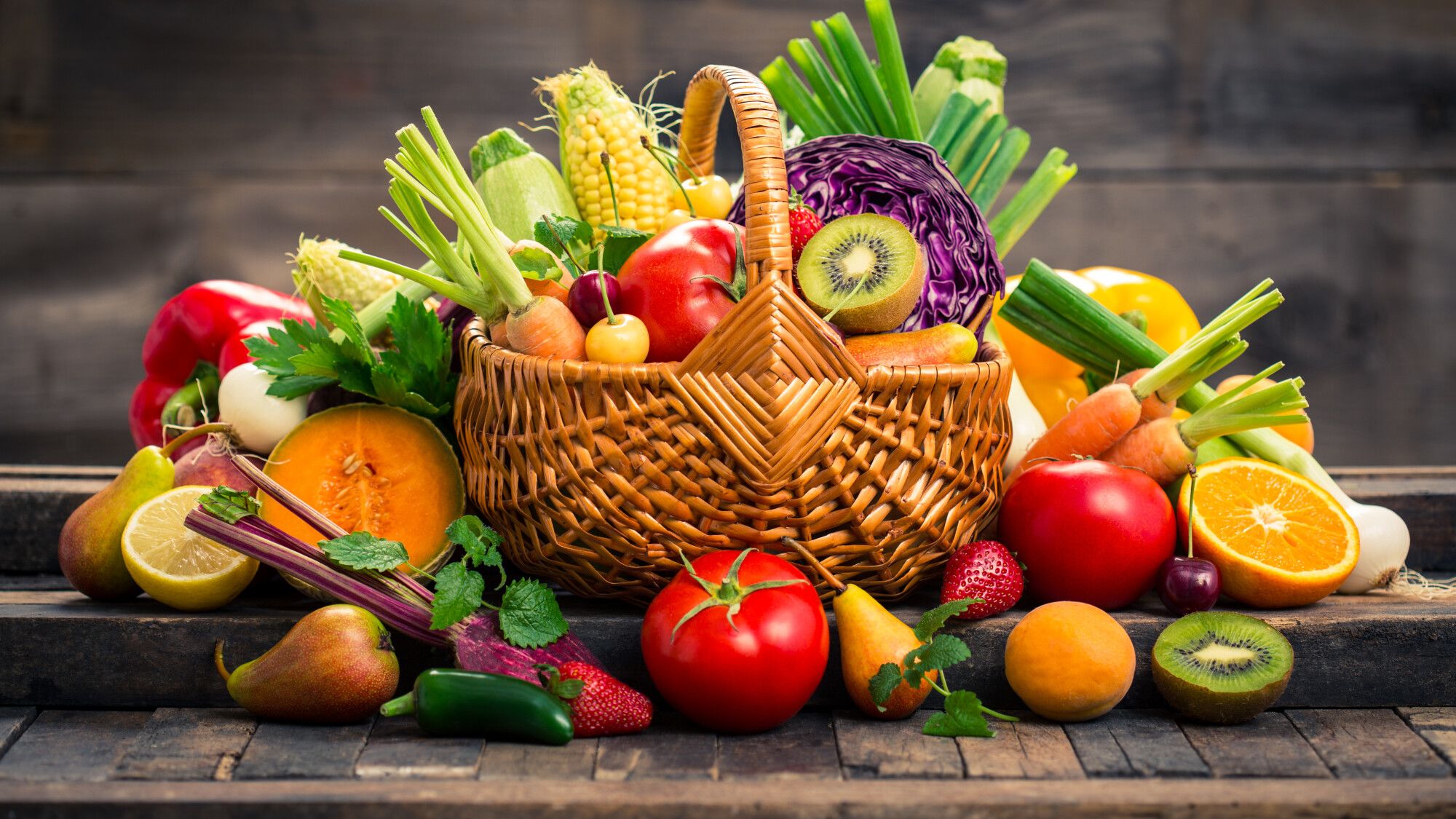Want a little fruit salad with pesticides again? Dietitians, doctors and even health journalists spend a lot of time advising to eat fruits and vegetables. In any case, a large part of them are certainly full of vitamins, fibers, minerals, antioxidants… but also pesticide residues. How do you know if your fruits and vegetables contain? Who are the most polluted? How to protect from it? Let’s take stock, with the report of the Générations Futures association, unveiled this Thursday.
Read more > Here are 5 fruits allied to your health… and to the French!
What does the Future Generations report reveal?
The association Générations Futures publishes an inventory of pesticide residues in fruit and vegetables consumed in France. An interesting report, because the data are really French and not American or European, as is often the case. Indeed, it is based on the monitoring plans regarding pesticide residues carried out by the French authorities over 5 years (2017 to 2021), on at least thirty samples of the fruits and vegetables most consumed in France (but not products !). Data that are dated, of course, but these 5 years allow things to be smooth and have statistical solidity. Important clarification: this time, unlike the last reports published by Générations Futures, the association has focused on non-biological fruits and vegetables. “Unsurprisingly, pesticide levels are therefore higher,” analyzes François Veillerette, spokesperson for Générations Futures.
In detail, the report reveals a list of the fruits and vegetables most often contaminated with a diagram of the percentage of non-organic samples with pesticide residues quantified over 5 years. But also a second list: the percentage of plants that exceeds the maximum residue limit (MRL). We summarize these results for you with 4 tables.
What can we learn from it? That about 73% of fruit samples and 45% of non-organic vegetables consumed in France contain pesticides, sometimes above legal standards. “Pesticide residues in plants are not a problem that is behind us,” warns our expert. But consumers are worried about this, all surveys show. It is worth having a policy that encourages the agricultural system to evolve!
Read more > Heroes of Our Time 2022: Future generations, to support sustainable agriculture
What are the 10 fruits most often contaminated with pesticides?
Percentage of non-organic samples with pesticide residues quantified in 5 years for the years 2017-2021
|
Cherries |
93.8% |
|
Grapefruit |
91.1% |
|
Nectarines / peaches |
90.2% |
|
Grapes |
88.3% |
|
Clementine |
87.2% |
|
Oranges |
87.2% |
|
Bananas |
81.9% |
|
Apricots |
80.5% |
|
Strawberries |
78.7% |
|
Lemon |
78.6% |
Source: Future Generations
What are the 10 vegetables that most often contain pesticide residues?
Percentage of non-organic samples with pesticide residues quantified in 5 years for the years 2017-2021
|
Celery |
78.3% |
|
Melons |
69% |
|
Endive |
67.7% |
|
Fresh herbs |
67.3% |
|
Parsnip |
61.1% |
|
potato |
60.7% |
|
Carrots |
59.8% |
|
Green beans |
55.1% |
|
salads |
54.7% |
|
Peppers |
54.5% |
Source: Future Generations
Which fruits exceed legal limits for pesticide residues?
Percentage of non-organic samples with pesticide residues above the MRL in 5 years for the years 2017-2021
| Passion fruit | 37.2% |
| Pineapple | 22.6% |
| Grenades | 18.8% |
| Fig | 7.2% |
| Apple | 5.7% |
| Clementine | 4.3% |
| Lychees | 4.2% |
| I eat | 3.8% |
| Grapefruit | 3.6% |
| Orange | 3.3% |
| Strawberry | 3% |
Which vegetables exceed legal pesticide residue limits?
Percentage of non-organic samples with pesticide residues above the MRL in 5 years for the years 2017-2021
| Fresh herbs | 13.8% |
| Celery | 12.7% |
| salad | 12.1% |
| Chard | 7.9% |
| spinach | 6.3% |
| Melon | 5.4% |
| Parsnip | 5.3% |
| mushroom | 5.1% |
| radishes | 4.9% |
| Cucumber | 4.7% |
What are the nuances to be made to these figures?
“We only retained the quantified pesticide samples, and not those detected but not quantified, which minimizes the results”, underlines François Veillerette. Second limitation: the monitoring plans regarding the pesticide residues that informed this report only look at the whole fruit and not as consumed. “You don’t peel the grapes before eating, but yes, clementines, bananas too,” the association’s spokesperson emphasizes. “A difference to be taken into account.” If there were statistics of the fruits as consumed, we took them. . ” Similarly, the association could not trace the origin of the fruits and vegetables studied, due to lack of sufficient data.
Read more > Pesticides, an explosive cocktail

